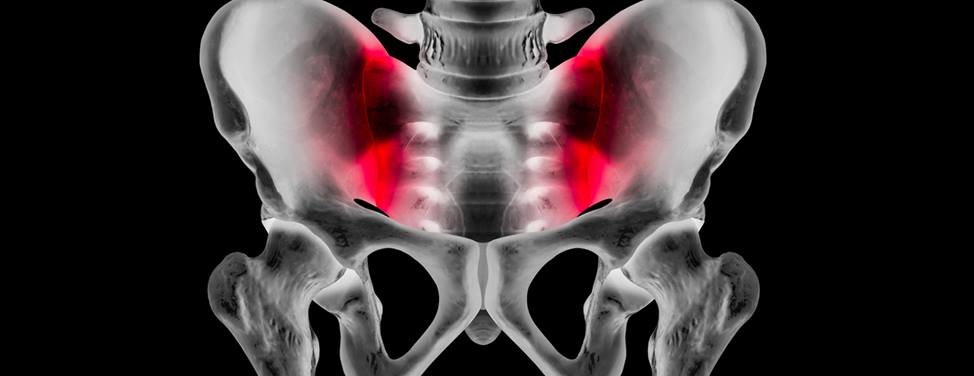Epidural injections are most often used to treat low back pain, chronic neck pain and lower and upper extremity pain caused by radiculopathy, also known as sciatica. The procedure may also be used to treat a variety of painful conditions affecting the spine, trunk and limbs.

Epidural Injections
The degree of pain relief delivered by epidural injections depends on the patient and condition. In some cases, injections significantly reduce pain, improving the patient’s underlying condition, and pain never returns.
When injections are used regularly for pain management, in most cases, the patient must experience a 50 percent improvement for at least one to two months in order to repeat the injections every three months. Sometimes patients do not get this degree or duration of pain relief, even after one to three injections. In these cases, injections are stopped.
Epidural injections may also be called epidural steroid injection, interlaminar epidural steroid injection, transforaminal epidural steroid injection or selective nerve root block, depending on the technique and target.
Preparation
- Please arrange to have someone drive you home after the procedure, as you will not be able to drive or operate machinery for at least 24 hours after the procedure.
- Do not eat or drink anything after midnight the night before the procedure, except for a small amount of water if needed to take medications on the day of the procedure.
- If you have diabetes and use insulin, you must adjust the dosage of insulin the day of the procedure. Consult the doctor who manages your insulin or diabetes medication for any necessary adjustments. Bring your diabetes medication with you so you can take it after the procedure.
- If you take any blood thinning medications or antiplatelet medications, these must be stopped with the permission of your doctor who manages these medications.
Procedure
During the procedure, you will lie on your stomach. Your doctor will numb a small area of skin around the injection site with an anesthetic. At this point, you may feel a small amount of burning or stinging. Sedation is typically not used during epidural injections.
Your doctor will then use X-ray guidance to direct a special needle to the targeted area and administer steroids. You may feel a small amount of back, neck, arm or leg pressure. If so, your doctor will administer the medication more slowly so you remain comfortable. Afterward, the needle is removed and the skin cleaned and bandaged.
Your entire appointment will take approximately one hour, but the procedure itself takes about 20 minutes.
Recovery
After the procedure, you may experience soreness in the targeted area for a few days. In some cases, the usual pain you experience may increase, as it can take three to seven days for the injections to take effect.
We recommend that you rest the day of the procedure, but you may resume regular activities the following day.
Rare complications include infection, bleeding and nerve damage.
UCSF Health medical specialists have reviewed this information. It is for educational purposes only and is not intended to replace the advice of your doctor or other health care provider. We encourage you to discuss any questions or concerns you may have with your provider.




















